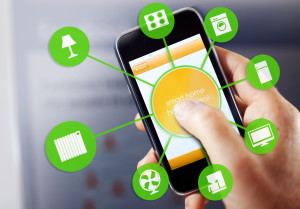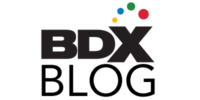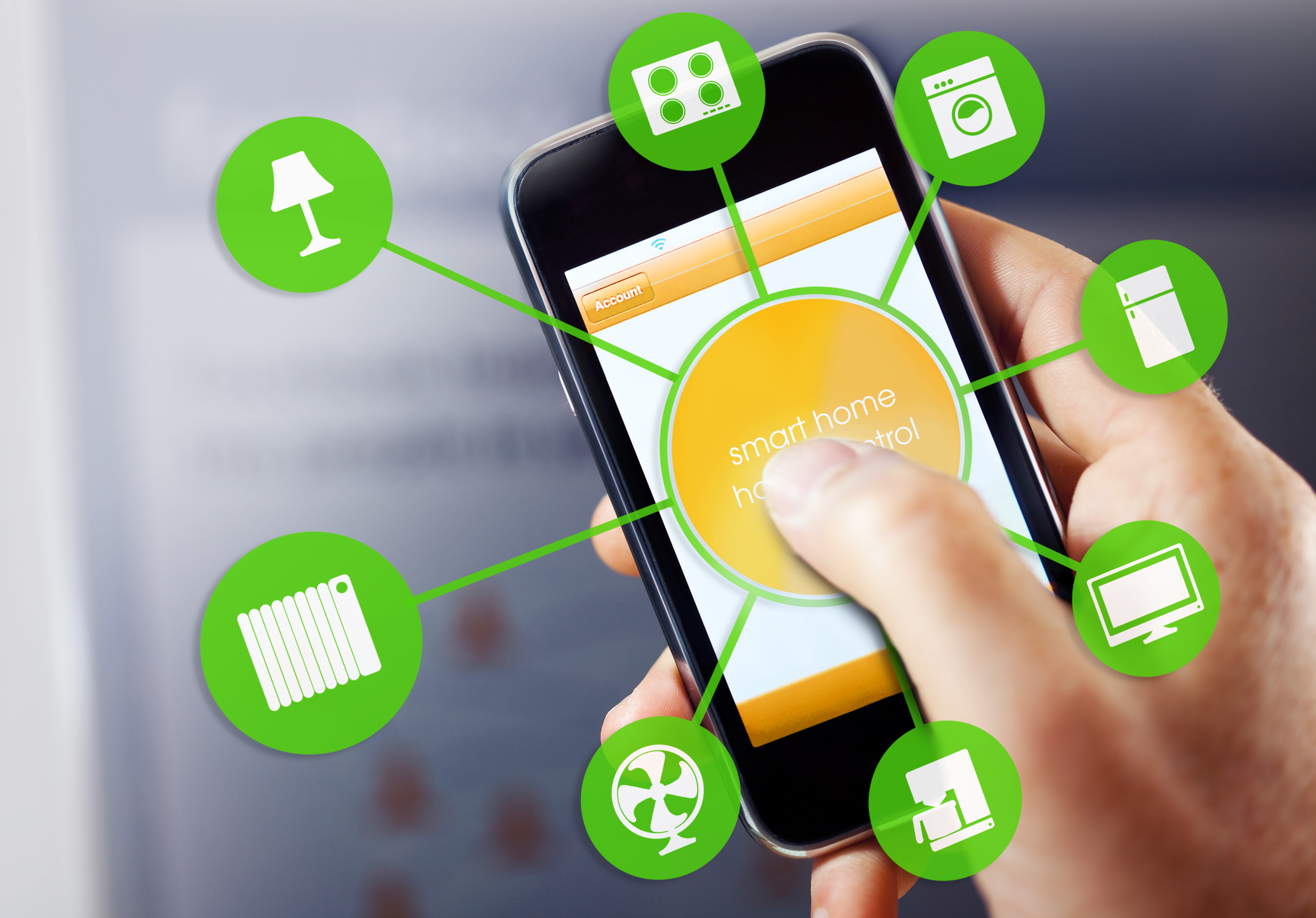By Adriana Espinosa, BDX
As the Internet of Things matures, home automation is disrupting how we interact with our homes in dramatic ways.
New home technology allows homeowners to control, program, and monitor homes to exact preferences without being there. Everything from thermostats to light bulbs to front door locks can be controlled remotely from a smartphone, tablet, and laptop/computer.
Despite the convenience in ability to control and monitor connected home appliances at any given moment, in house or remotely, not all homeowners are convinced of the benefits of this growing technology.
 Dramatic increase in consumer spending
Dramatic increase in consumer spending
As the adoption curve matures, recent reports project huge market growth for connected home appliances over the next five years with shipments, Business Insider reported. Today there are 1.9 billion connected home products on the market. At the rate it is growing, reports estimate that by 2018, this number will reach 9 billion.
According to ABI Research, the home automation industry will reach $14.1 billion in revenue by 2018 – an estimated 11.5 percent increase from 2012. And as Forbes writer, Morgan Brennan, explains the managed subscription market (the industry’s top submarket) can anticipate a growth from the current 1.9 million annual shipments to 19 million yearly shipments by 2018.
With the integration of advanced technologies in home products, these upgraded smart homes are now hot commodities for early adopters who are ready to invest in premium products that enhance the functionality of their home by monitoring and controlling their home products with a click of a button on their smart phone or computer.
Connected products on the horizon now
Leading the way in the industry is the once mundane thermostat – a category that had been flat for decades. In the US, connected thermostats grew 107 percent during 2014. Brands, such as Nest Learning Thermostat and Honeywell Lyric, allow homeowners to pre-set temperatures around their specific schedules with access and control anywhere via smartphone or computer. This allows for an energy efficient cooling system saving homeowners on utility bills. In fact, Nest ensures savings of up to 20 percent while Honeywell warrants an average of $66 in yearly savings.
It does not stop with thermostats. Philips came out with its own programmable lighting system, Philips Hue, in 2012. As with most connected products, Hue is controlled via an app and can project a myriad of colors to best fit the mood through its LED lighting. It can even detect colors in photos and mimic lighting that best fits the color scheme in a given photo. In addition to its customizable features, Philips LED bulbs have a lifespan of 15,000 hours and use up to 80 percent less energy than incandescent bulbs. This longevity is a stark contrast to the 1,200-hour lifespan of incandescent bulbs.
Forgot to lock the door? There is an app for that too. Door locks, such as Kwikset’s Kevo and Lockitron’s Bolt, allow homeowners to lock and unlock the house from miles away by a flip of a switch on a supported app. Owners can also give third party access inside their homes remotely. This control provides much peace of mind as homeowners no longer have to worry about taking time out of their day re-checking their lock or exchanging keys as it is all monitored on an app.
Thermostats, lights, and locks are just the beginning for the smart home appliances. Homeowners can control everything from sound systems to security cameras to irrigation systems miles away from home.
Smart home technology has polarized homeowners
To gain a better understanding of shopper and homeowner opinions on connected home appliances, the BDX research team conducted online discussions with consumers around the country via its New Home Shopper Insights research panel. It quickly became clear that opinions are divided.
Home Shopper Insights panelist, Chris from North Carolina, explains why he supports smart homes. “Yes, I would consider investing in products that enable home automation. I am interested in anything that makes our lives more efficient and integrated. I’d like a system that can be controlled using our smartphones, laptops, etc. I would consider automating all of our appliances: the garage door opener, our thermostat, and the inside (and) outside lights.”
Other panelists, like Voltz from Nevada, express weariness of the connected home. “Thanks, but no thanks, to home automation systems. Houses are already complicated enough without adding more technology susceptible to breakdown, computer hacking, (and) invasion of privacy…”
The divided sentiments are a reflection of how most homeowners feel about home automation. Connected appliances offer convenience and a peace of mind of being able to control and program a home in a seemingly effortless way enticing owners to invest in this connected technology.
Building on the momentum of the Internet of Things, builders need to be aware of current market trends of connected home products as it continues to penetrate homes at a drastic rate. Awareness of home tech companies that promise data security is essential in providing quality products to homeowners everywhere.
Builders interested in conducting research through the New Home Shopper Insights panel can get more information by contacting info@thebdx.com.

